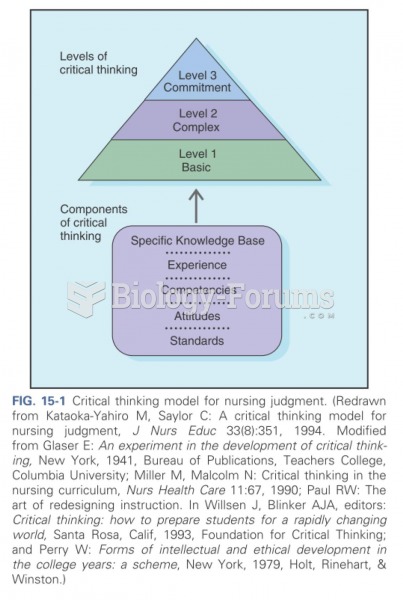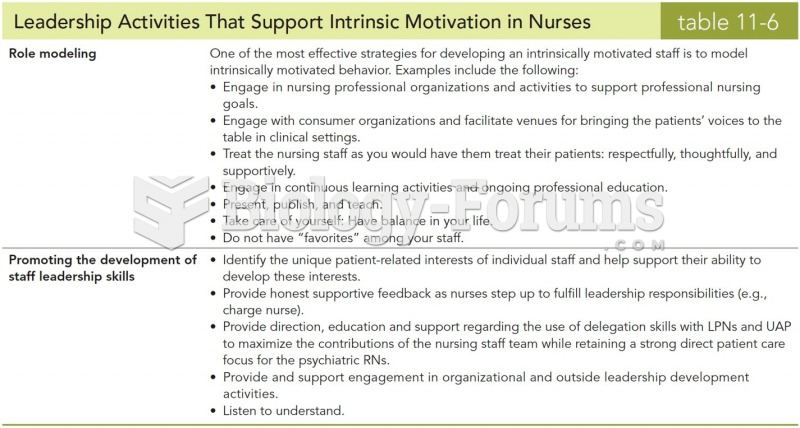|
|
|
Human neurons are so small that they require a microscope in order to be seen. However, some neurons can be up to 3 feet long, such as those that extend from the spinal cord to the toes.
Although the Roman numeral for the number 4 has always been taught to have been "IV," according to historians, the ancient Romans probably used "IIII" most of the time. This is partially backed up by the fact that early grandfather clocks displayed IIII for the number 4 instead of IV. Early clockmakers apparently thought that the IIII balanced out the VIII (used for the number 8) on the clock face and that it just looked better.
When blood is exposed to air, it clots. Heparin allows the blood to come in direct contact with air without clotting.
Thyroid conditions cause a higher risk of fibromyalgia and chronic fatigue syndrome.
The immune system needs 9.5 hours of sleep in total darkness to recharge completely.







